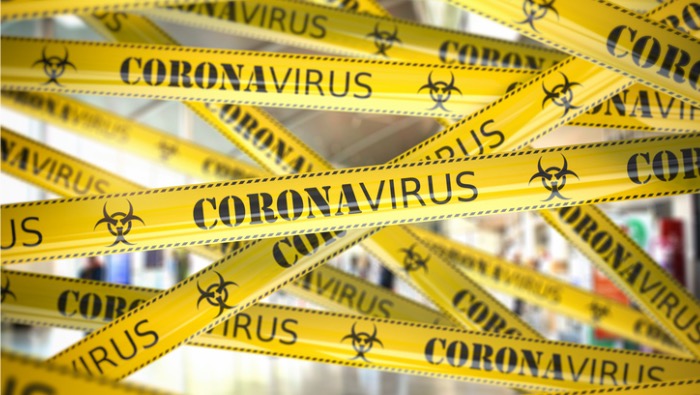On December 27th, 2021, The Centers for Disease Control and Prevention (CDC) released emergency guidance that shortens the isolation and quarantine period for people with COVID-19. The changes came in response to current knowledge of the coronavirus, specifically the Omicron variant’s behavior. Consequently, employers may choose to update their COVID-19 workplace policy to reflect the CDC’s changes. Earlier, the Equal Employment Opportunity Commission (EEOC) updated guidance on avoiding possible workplace discrimination claims during the coronavirus pandemic.
Background of the Updated Guidance
Overall, the CDC’s updated guidance comes in response to current knowledge about COVID-19, specifically, the Omicron variant. According to the CDC, a growing number of cases involving the Omicron variant and understanding of its trajectory led to the decrease in the recommended isolation and quarantine period. The CDC reported that, generally, infected individuals are more contagious 1-2 days prior to having symptoms and 2-3 days after. In other words, the majority of virus transmission occurs early in the course of the illness. Therefore, the CDC updated its guidance to reflect current knowledge. According to CDC Director Dr. Rochelle Walensky, “CDC’s updated recommendations for isolation and quarantine balance what we know about the spread of the virus and the protection provided by vaccination and booster doses.”
Shortened Isolation and Quarantine Period
The CDC uses two terms to describe recommended actions following either a confirmed COVID-19 diagnosis or an exposure to COVID-19. Firstly, “isolation” relates to behavior after a confirmed COVID-19 infection. Secondly, “quarantine” refers to a period of time after an exposure to the virus or close contact of someone known to have COVID-19. Moreover, an individual in quarantine does not necessarily need to have tested positive for COVID-19.
Specifically, for individuals infected with COVID-19 who are asymptomatic, regardless of vaccination status, the CDC now recommends:
- 5 days of isolation (down from the previously recommended 10 days), followed by
- 5 days of wearing a mask when around others.
Subsequently, infected individuals may leave isolation if they continue to mask for the recommended 5 additional days to minimize the risk of spreading the virus. Meanwhile, the CDC updated the recommended quarantine period for those exposed to COVID-19. For those unvaccinated individuals, or those whose last mRNA dose was more than six months ago (two months for the J&J vaccine), and not yet boosted, the CDC now recommends:
- 5 days of quarantine, followed by
- 5 days of wearing a mask, and
- Testing on day 5 if possible.
Finally, for individuals exposed to COVID-19 who have received their last mRNA dose within the last six months (within two months for the J&J vaccine) or have received a booster shot, the CDC now recommends:
- 10 days of wearing a mask when around others, and
- Testing on day 5, if possible.
Notably, individuals who have received a booster shot do not need to quarantine following an exposure to COVID-19. However, they should still wear a mask around others for the recommended period. Furthermore, any individual experiencing symptoms of the coronavirus should immediately quarantine until they receive a negative test result.
Guidance for Healthcare Workers
Concurrently with the updated guidance shortening the isolation and quarantine period for the general public, the CDC made similar updates for healthcare workers on December 23rd, 2021. Generally, infected, asymptomatic healthcare workers may now isolate for 5 days with or without a negative test. Meanwhile, asymptomatic exposed workers who have received a booster shot have no work restrictions. These mitigating measures offer relief to facilities experiencing staffing shortages.
Employer Takeaways
Likewise, employers outside the healthcare industry may want to update their own workplace COVID-19 policies to reflect the CDC’s changes. Indeed, these updated guidelines may address staffing needs while keeping the workplace safe from the spread of the coronavirus. Alternatively, employers may still choose to maintain the previous longer isolation and quarantine periods according to their existing workplace policy.

